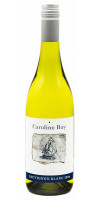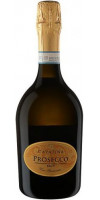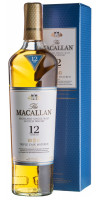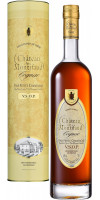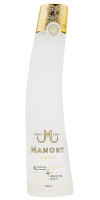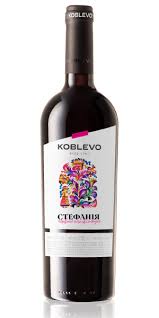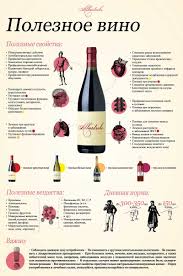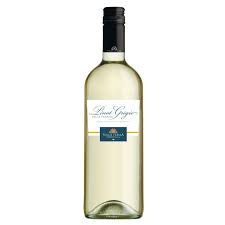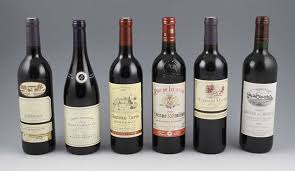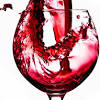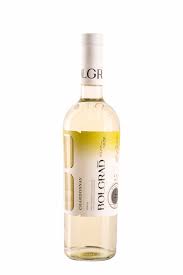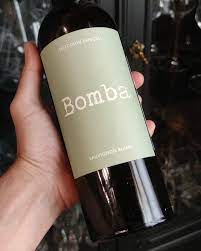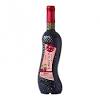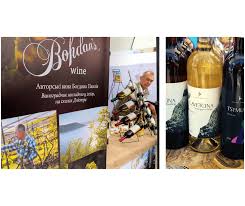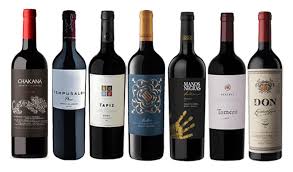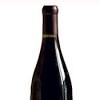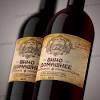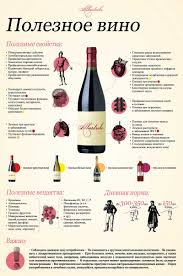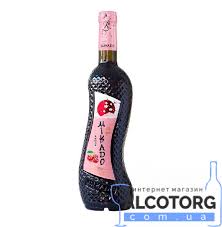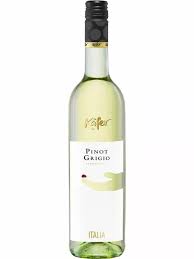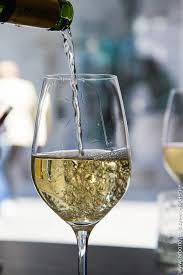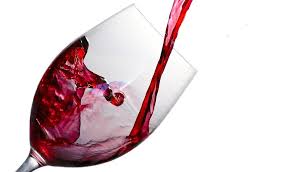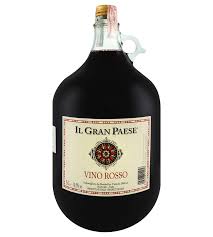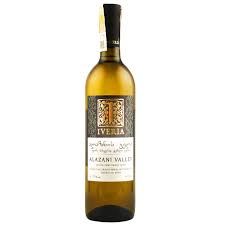
Спасибо за регистрацию в WineRow!
Вы будете уведомлены по электронной почте, как только Ваш Личный Кабинет будет активирован администрацией магазина.
Если у Вас есть какие-то вопросы, пожалуйста напишите нам.
Вы вышли из Личного Кабинета.
Ваша корзина покупок была сохранена. Она будет восстановлена при следующем входе в Ваш Личный Кабинет.
вгиски виски баллантинес финест 07 л баллантажнс фажнест 700 мл 4207
Wine promotes digestion, stimulates appetite, organic acids and tannins are an aphrodisiac for the glands. Wine relieves mental tension and frees the gastrointestinal tract from spasm and makes it easier to digest food. Some wines contain substances that reduce the toxicity of ethyl alcohol and have an irreversible bactericidal effect. Studies have confirmed that the procyanidins contained in red wine help reduce the percentage of cholesterol in the blood, protect the body from a heart attack. Wine is created for human joy, for the joy of the heart. It is no coincidence that Jesus creates his first miracle, turning Galilean water into wine (New Testament) at weddings in Cana. В настоящее время Украина приобрела мировое значение в области виноделия. Украинские виноделы получают золотые и серебряные награды, дипломы международных выставок. Но, к сожалению, в последнее время в Украине прослеживается тенденция к уменьшению площадей виноградных насаждений и ухудшению их качества, а также переход на частичное обеспечение винодельческой промышленности импортным сырьем. Жоден інший напій в світі не викликає стільки суперечок і пересудів. Практично кожна країна стверджує, що саме вона є батьківщиною заграв виноградного соку, а ті, хто не претендує на пальму першості, вважають, що тільки вони вміють робити «справжнє» вино. Археологи не можуть дати однозначну відповідь на питання «хто, де і коли винайшов вино?». Очевидно, що вже 8-10 тисяч років тому люди знали культурний виноград Vitis Vinifera, їли його плоди і пили його сік. По крайней мере, збереглися черепки глиняного посуду з залишками винного напою, а перші графічні і текстуальні свідоцтва існування вина датуються 4 тисячоліттям до нашої ери. Етимологія назви. За однією з версій сучасне слово «вино» родинно грузинському «ghvivill» – «цвісти, бродити». Фасмер (відомий німецький мовознавець українського походження), однак, простежує спільне коріння зі слов’янським «вити», а деякі дослідники навіть стверджують, що в основі терміна лежить санскритський корінь «vena» – «улюблений».
По мне пьётся тяжело, наверное, надо разбавлять льдом или водой. ...
Дмитрий 07.01.2021
Лучший двенадцатилетний виски. Вкус мягкий, с приятной, не приторной сладостью. ...
Андрей 12.10.2022
Хорошее сбалансированное и зрелое вино с приятными нотами ванили и шоколада в бу ...
Маша 08.08.2022
Виски – крепкий алкогольный напиток с собственным характером. В составе присутствуют спирты ячменя, пшеницы или ржи. Производят также виски из кукурузы. Разнообразие видов и сортов огромное, так что в нем не трудно потеряться
ЧитатьСегодня в мире существует 4500 сортов красного вина, что предполагает невообразимое множество вкусов, ароматов и волшебное сочетание нот композиций
Каждый год 4 августа отмечают день рождения шампанского. В этот праздник принято открывать бутылку хорошего игристого и не спеша наслаждаться напитком
ЧитатьМясная гастрономия очень разнообразна. Она не только включает в себя виды основного продукта, но и сотни блюд
ЧитатьЧасто бывает, что в бутылке остается недопитое вино. Конечно, возникает логичная мысль – поставить его в холодильник, чтобы сохранить до следующего повода. Однако...
ЧитатьМногие любители крепких напитков уверены, что виски или скотч нужно пить без закуски, не перебивая вкус напитка продуктами.
Читать
